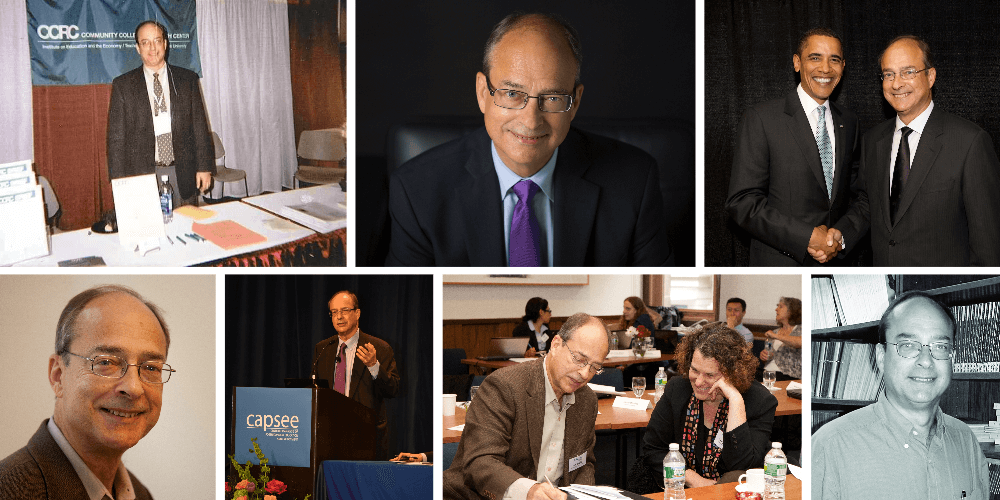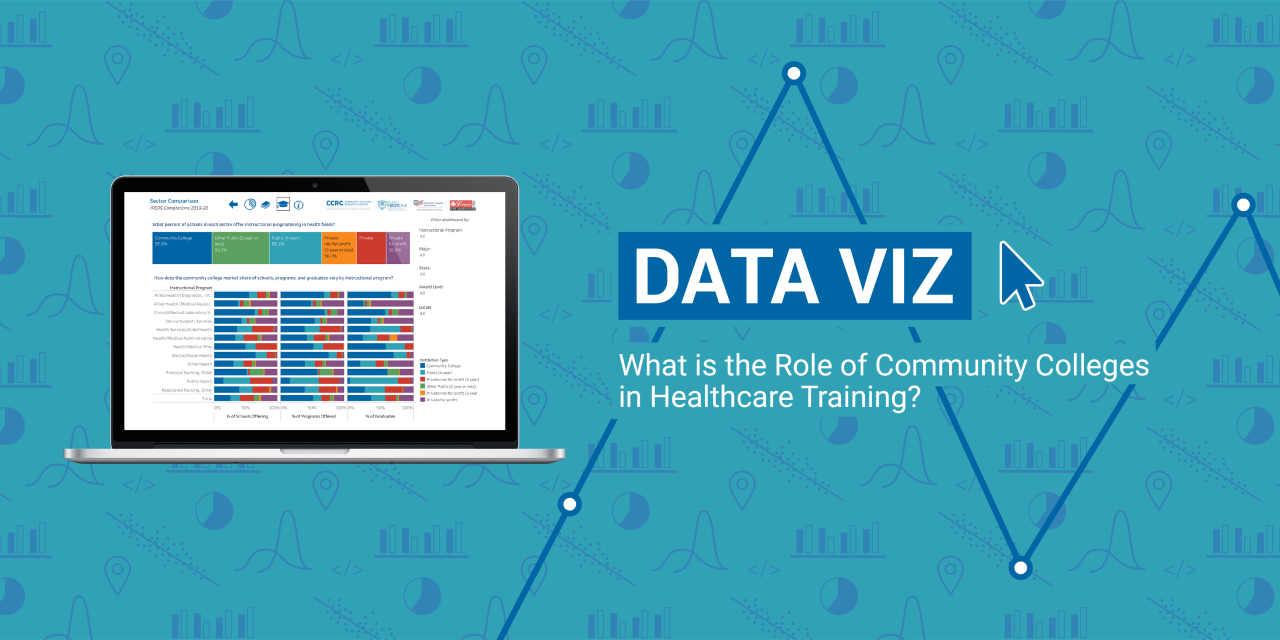Fast Facts
Why We Study the Transition From College to Career
Preparing students for the workforce is a central mission of community colleges, and it is an important focus area for CCRC. In some sectors, workplace technologies are changing rapidly. As regional economies evolve and skill demands shift, many community colleges are considering the next frontier of training programs, exploring partnerships with local employers, and contemplating the economic role they will play in their communities.
CCRC examines the role of community colleges in the American economy and their effectiveness in preparing students to join the labor force in middle-skill occupations. Our research projects in this area center on the pedagogy of career-technical education programs, workforce development efforts at community colleges, and the economic value of a community college credential.
CCRC partners with the Massachusetts Institute of Technology (MIT) and the City University of New York (CUNY) to conduct research on this topic. Along with MIT’s Task Force on the Work of the Future, CCRC is examining how employers’ adoption of new technology impacts workforce education programs at community colleges. And CCRC’s policy lab, which operates in a collaboration with CUNY, is developing more nuanced measures of post-college success and studying factors that predict and promote successful transitions from college to the labor force.
From June 2011 to June 2017, CCRC’s federally funded Center for Analysis of Postsecondary Education and Employment (CAPSEE) carried out rigorous research to better understand the employment and earnings benefits associated with a broad range of postsecondary education pathways.
Featured Project
Virginia Workforce Recovery: A Research Partnership to Strengthen G3
CCRC is working with the Virginia Community College System (VCCS) to improve its pandemic workforce recovery initiative, Get A Skill, Get A Job, Get Ahead (G3), which is built around a scholarship targeting low-income students in workforce programs in five high-demand fields: healthcare, information technology and computer science, manufacturing and skilled trades, early childhood education, and public safety.
What We Know About What Today’s Employers Want
CCRC researchers have conducted scores of interviews with colleges and employers to learn what skills companies are looking for. Here’s what we’ve learned so far:
- As computers and new technologies dominate daily work life, employers expect employees without bachelor’s degrees to have higher levels of digital literacy and to be comfortable working with technology and using data.
- Twenty-first century skills such as critical thinking and adaptability are increasingly essential for workers—in part because the jobs that require them are less subject to automation.
- Increased complexity in entry-level jobs contributes to the demand for workers with stronger math, writing, and English language skills.
Featured Tool
How Much Are Community College Graduates Earning Two Years Later?
What programs are community college students completing, what do they lead to, and which groups of students are underrepresented in programs leading to stronger postgraduation outcomes? Explore the outcomes in your college or state in a Tableau dashboard that links IPEDS completion data with College Scorecard earnings data.
Further Reading
Related Blog Posts
Our College to Career Experts
Thomas Brock
Director
Judith Scott-Clayton
Senior Research Scholar
Maria Cormier
Senior Research Associate
Veronica Minaya
Senior Research Associate and Program Lead
Read More
View all of our publications on the transition from college to career.













